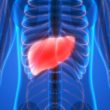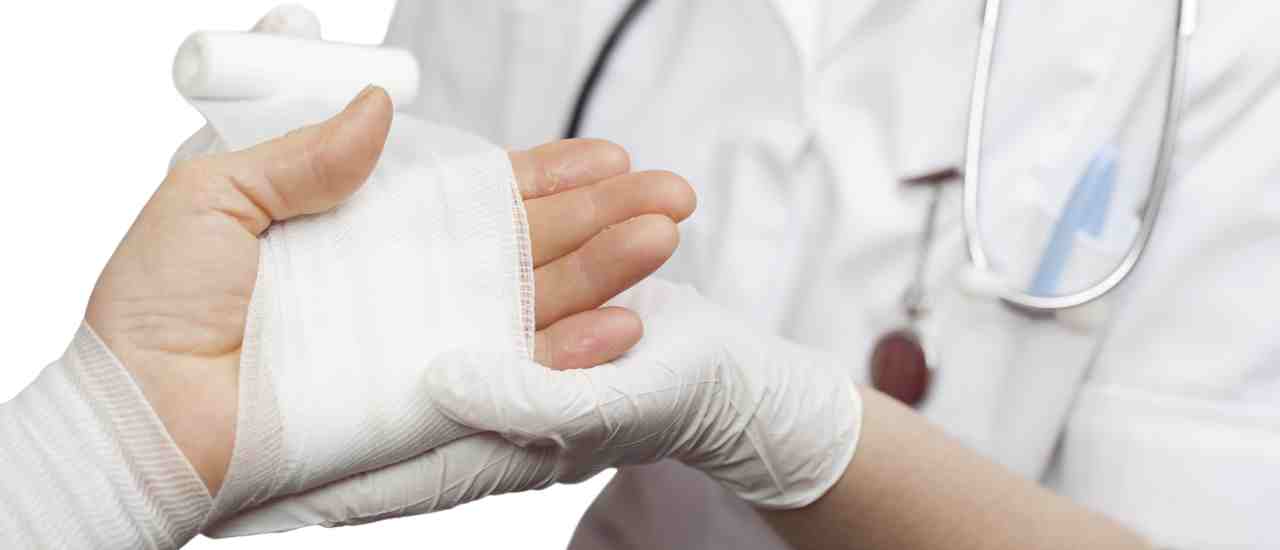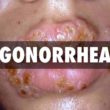Not all burns are created equally. Some of them are so superficial that a few simple home remedies may help ward off the pain and swelling, while others are so severe that they can cause death especially when the major organs are involved!
Burns are categorized into three different types: first-degree, second-degree and third-degree burns. The kind of burn you have is classified according to the severity of the damage your skin has incurred. In some instances, technically, there is also a fourth classification wherein the tendons and bones are also damaged in the process.
Let us take a quick look at some of the most important matters you need to know about the three primary types of burns:
First-Degree Burns
• They are sometimes referred to as “superficial burns” because of the fact that only the topmost layer of the skin is injured, thus causing only minimal damage.
• The signs left behind by a first-degree burn tends to disappear once the skin’s topmost layer is shed off, which happens in a span of just a few days.
• Some of the signs and symptoms of a first-degree burn include: skin redness, mild inflammation and pain. As the injury heals, peeling of the skin takes place.
• Commonly, first-degree burns require no medical treatment and can be managed easily at home. However, a first-degree burn that affects a large surface area or is situated on the face or joint has to be seen by a doctor.
• Some of the best home remedies for first-degree burn include: placing the affected are under running cold water, applying aloe vera or coconut oil on the site, and taking OTC painkillers.
Second-Degree Burns
• They are certainly more serious that first-degree burns since the damage incurred by the skin goes a little farther than the topmost layer.
• It’s not uncommon for a second-degree burn to cause the formation of blisters. When some of these blisters burst, the affected skin area tends to appear wet.
• Second-degree burns also tend to appear redder and more inflamed, thus they require bandaging as well as regular replacement of dressing so that infections may be kept at bay.
• Generally speaking, a second-degree burn heals within two to three weeks, although some may take longer most especially those with lots of blisters.
• Severe cases of second-degree burns may require skin grafting, a process wherein healthy skin is taken from one area of the body and placed on the site of the injury.
• Mild second-degree burns may be treated at home, but emergency medical treatment is warranted if the injury affects a large area of the body, especially the hands, feet, buttocks, groin and face.
Third-Degree Burns
• Of all the types of burns, third-degree burns are the worst because the damage can extend through the different layers of the skin and even beyond.
• Despite of being the worst of its kind, a third-degree burn sufferer may not feel any pain. It’s due to the fact that the nerves are oftentimes damaged as well.
• Third-degree burns may look differently, depending on the cause. It is possible for the injured skin to appear: charred, dark brown, leathery, or white and waxy.
• Unlike the first two kinds of burns, you should not attempt to treat a third-degree burn at home. It’s of utmost importance for you or anyone else with a third-degree burn to get emergency medical treatment.
• Since it’s the worst and can affect the blood vessels and major organs, a third-degree burn can cause some serious complications, and death is one of them.
Do take note that all types of burns can cause complications, not just the third-degree kind. Now that you’re armed with some vital pieces of information, you have an idea on which steps you should take when you end up with a burn.













